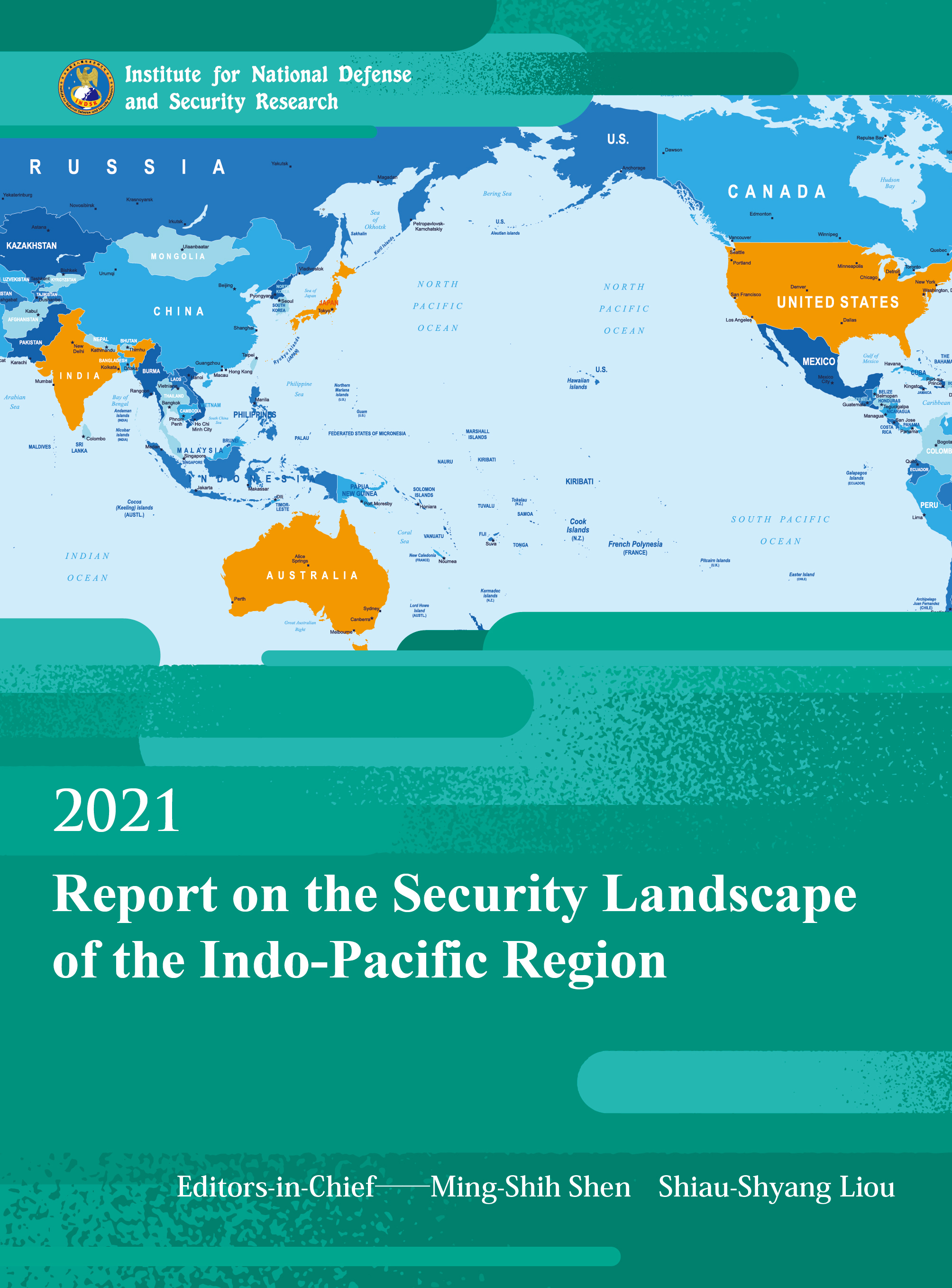緒論
2022.06.07
Views
553
Introduction
The inauguration of Joe Biden as President of the United States in early 2021 has undoubtedly emerged as the most significant variable in the Indo- Pacific regional security this year. The international community is concerned about whether Biden will continue Donald Trump’s Indo-Pacific Strategy and how the situation will change. With the promulgation of the Interim National Security Strategic Guidance in March 2021, the Biden administration’s Indo- Pacific Strategy has become increasingly explicit, not only inheriting the Trump roadmap but also elevating it to a battle between democracy and authoritarianism, emphasizing the need to rebuild U.S. democracy in order to rally allies against China. To be a leader of the international community, the Biden administration has also adjusted its global strategy, with multilateralism as its linchpin.
In terms of the Indo-Pacific security landscape, China, the target of the Indo- Pacific strategy, believes that the Biden administration will focus on domestic affairs and will not be available to compete with China, which will inevitably lead to a “rising east and falling west” dynamic in the world. Therefore, China has launched a series of provocative policies; however, the world situation has not been as straightforward as it expected, instead, the U.S. has succeeded in mobilizing its allies to counter China and has laid a foundation for the subsequent strategic competition in the South China Sea and even the escalation of the Taiwan Strait conflict. In the meantime, the pattern of Russia and China uniting against the United States has become more and more consolidated. Although Russia refuses to engage in a confrontation between China and the United States, its strategic layout in the Indo-Pacific depends on whether it can return to its former status as a superpower, and therefore Russia initiated a gray-zone tactic along the Russia-Ukraine border to demonstrate its ability to restrain the U.S. “Indo-Pacific strategy”. Moreover, while the United States is partnering with its allies to contain China, its European allies intensify their engagement with Indo-Pacific countries and increase their military presence in the region as relations between Europe and China deteriorate. As a result, the security landscape in the Indo-Pacific region, which was initially a confrontation between China and the United States, has become significantly complex with the Biden administration’s shift in strategy, with neighboring powers in the Indo-Pacific region also involved, thus creating the possibility of a domino effect between the Indo-Pacific and Europe.
As the Indo-Pacific region becomes increasingly interlinked with the external environment, the countries in the region respond to the developments in their national interests. For example, Japan and Australia, pillars of the U.S. Indo-Pacific strategy, have taken the opportunity to strengthen their security ties with the U.S. and consolidate their positions in the Indo-Pacific region as their relations with China intensify. Another critical pillar, India, has a long-standing border dispute with China that is still at risk of being reintensified due to internal political changes and nationalism. Moreover, North Korea’s nuclear program seems to resurface, while the military coup in Myanmar is a source of uncertainty for China and the United States in terms of their influence in the region. At the same time, the novel coronavirus outbreak (COVID-19), which has had a significant impact on human society, has not yet reached its end, adding the uncertainty to the Indo-Pacific situation, whereas the industrial supply chain crisis poses another challenge.
Taiwan is facing extreme pressure from China, but our democracy is gaining increasing recognition and support from the outside world. Moreover, with Taiwan’s indispensable role in the international industrial chiain, it is expected that. we can play a role in strengthening the resilience of the supply chain in the Indo- Pacific region in the future. Therefore, in the multifaceted Indo-Pacific landscape, there are opportunities for Taiwan in the face of crisis.
In view of the complexity of the Indo-Pacific security landscape, the 2021 Indo-Pacific Regional Security Assessment Report is divided into three major sections: “Strategic Developments and Actions of Major Powers in the Indo-Pacific Region”, “Responses and Actions of Major Nations in the Indo-Pacific Region”, and “ Significant Issues Affecting the Security of the Indo-Pacific Region”, which explore the strategic security environment in the Indo-Pacific region from the macro to the micro-level in the hope of mapping out the regional landscape to identify Taiwan’s strategic opportunities, thus contributing to our national security.


